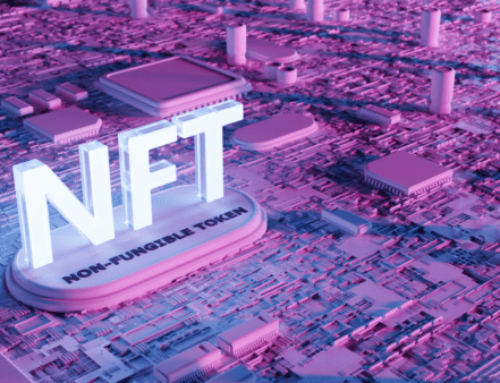The Lightning Network is a second layer added to the Bitcoin (BTC) blockchain that enables off-chain transactions or transactions between parties that are not connected to the blockchain network. The second layer is made up of multiple payment channels between parties or Bitcoin users. A Lightning Network channel is a two-party transaction method that allows parties to send and receive money. By managing transactions outside of the blockchain mainnet (layer one), layer two improves the scalability of blockchain applications while still benefiting from the mainnet’s powerful decentralized security model.
The lack of scalability is a significant impediment to the broad adoption of cryptocurrencies. A blockchain network, when appropriately scaled, can process millions to billions of transactions per second (TPS). The Lightning Network, in this context, charges low costs by transacting and settling off-chain, enabling new use cases such as rapid bitcoin micropayments.
How does Bitcoin Lightning Network work?
Bitcoin’s blockchain technology on Layer one supports only seven payment transactions per second with a confirmation time of 10 minutes, significantly less than needed to be used as a global payment method. In order to be used on a massive scale, the second-layer technology is used as an add-on to Bitcoin that addresses transaction fees and scalability issues. To have an idea of its potential for worldwide adoption, Visa does 1.700 transactions per second on average and it’s been reported that its servers can handle up to 24k tps, while the lightning network can make millions to billions of TPS.
People on the blockchain can use the Lightning Network to move Bitcoins from the blockchain to a private two-person payment channel. They can make an unlimited number of transactions that are not recorded on the original blockchain. Suppose they decide not to make any more payments. In that case, they terminate the payment channel. All of the Bitcoins associated with it are returned to the original blockchain.
The idea of this concept is that a payment channel can not only allow transactions between these two people but can also be connected to other two-person payment channels, allowing money to be sent to users who are not directly tied to them via the Lightning Network.

Tipping on social media
Recently, Twitter announced that users on Apple’s iOS are now able to link third-party tipping systems to their Twitter profiles. Twitter tips on Android are to be launched after a few weeks. Doing so is very easy, the user clicks on the profile icon for accepting tips, and sees a list of enabled payment services, after that, on the payment service platform the amount to tip is selected and sent instantly.
For the moment the services available are cash app, chipper, bandcamp, patreon, razorpay, wealthsimple cash, venmo and strike.
gif source: twitter.com
Adoption of Lightning Network
Cryptocurrency exchanges are bringing it to as many trades as possible, integrating the Lightning Network allows traders to withdraw small amounts of Bitcoin instantly and with a significantly lower cost. The extent of the possible uses is long, any online eCommerce small transaction, vending machines, content providers payment such as twitch, the list goes on.
The number of lightning nodes and the number of lightning channels running on the network are maybe the two most important numbers when looking at the Lightning Network’s growth.
The number of Lightning Network nodes has expanded by around 105 percent since this time last year. At the same time, the number of channels linking nodes has grown dramatically. There were only about 38,000 channels on the entire network a year ago. Currently, there are almost 73,000 channels joining nodes on the network now, increasing roughly 92 percent.
Furthermore, last year Lightning Network had a capacity of only 1,125 Bitcoin. Today the network has grown by almost 160% representing close to 3,000 Bitcoin.
Final Thoughts
The Lightning Network is a dynamic concept with a high potential to be massively adopted. However, the network may not be able to solve all of Bitcoin’s issues. New difficulties may occur within the cryptocurrency ecosystem as the network evolves and improves. Much will rely on new technology, research, and development in the future. Nevertheless, if its adoption continues to grow, we can expect more wallet developers to integrate it.








